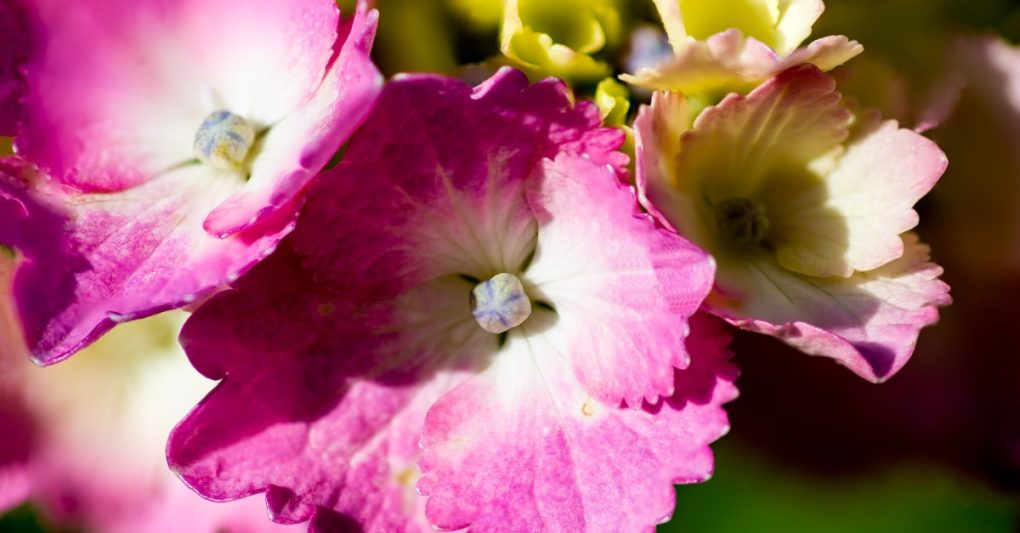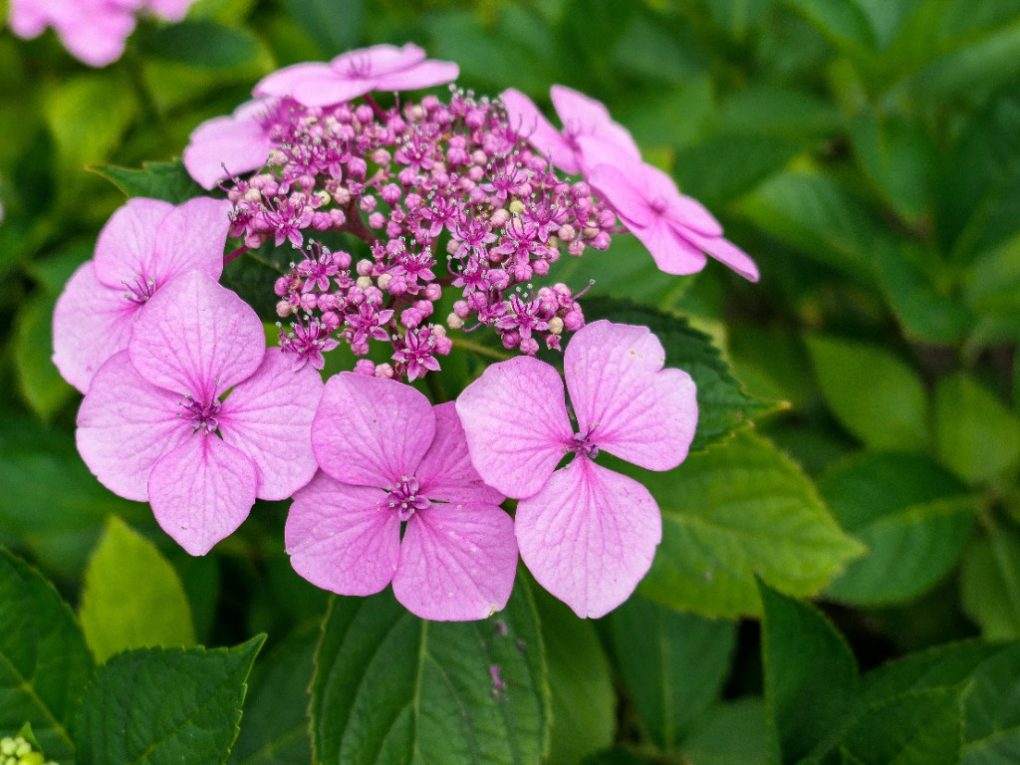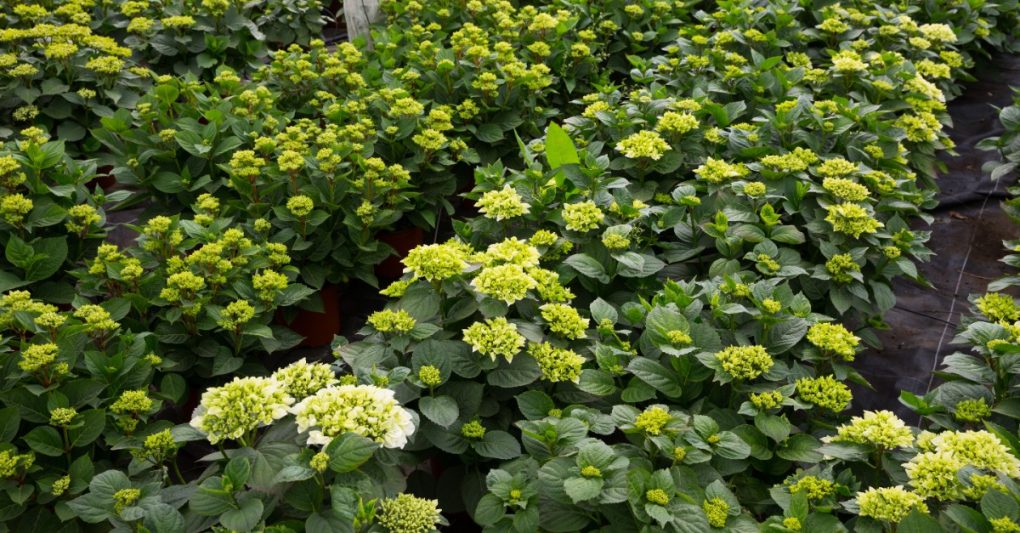Does Hydrangea Have Seeds? Exploring the Reproduction of Hydrangea Plants
Hydrangeas do produce seeds, but their seeds are small and can be difficult to collect. They are typically found within the flower head, which comprises both sterile and fertile flowers.

The fertile flowers produce the seeds often hidden within the larger, showy sepals. While collecting and growing hydrangea seeds is possible, it can be challenging, and many gardeners opt to propagate their plants through other means.
Table of Contents
Seed Germination
Conditions for Hydrangea Seed Germination
Hydrangea seed germination can be a rewarding experience for gardeners interested in propagating their plants, but it requires specific conditions for the seeds to sprout. The following are the optimal conditions for hydrangea seed germination:
● Temperature: The temperature for germination should be between 65-75°F (18-24°C). If the temperature is too high, the seeds may not germinate. The seeds may take longer to germinate if the temperature is too low. Germination is best accomplished at 70°F (21°C).
● Moisture: The soil should be kept evenly moist but not soggy. Overwatering can cause the seeds to rot, whereas underwatering can dry them out and cause them to die.
● Light: Hydrangea seeds require light to germinate. They should be sown on the soil’s surface and lightly covered with a thin layer of soil or vermiculite.
● Air Circulation: Good air circulation is important for seed germination. The soil should be well-draining to prevent waterlogging and promote air circulation.

Factors Affecting Hydrangea Seed Germination
Several factors can affect the germination of hydrangea seeds. These include:
● Age of Seeds: Fresh seeds have a higher germination rate than older seeds. Seeds over a year old may have a lower germination rate.
● Seed Coat Hardness: The seed coat of hydrangea seeds can be hard and difficult to penetrate. Scarification, or scratching the seed coat, can help improve germination rates.
● Seed Viability: Not all hydrangea seeds are viable. Some may be infertile or damaged, which can affect germination rates.
● Seed Storage: Proper storage of hydrangea seeds is important for maintaining their viability. Seeds should be stored in a cool, dry place until used.
Hydrangea seed germination can be a fun and rewarding experience for gardeners. Gardeners can successfully propagate their hydrangea plants from seed by providing optimal conditions and addressing any factors that may affect germination rates.
Propagation Methods
Growing Hydrangea from Seeds
While hydrangeas can be propagated through cuttings and layering, it is also possible to grow them from seeds. However, it’s important to note that hydrangea seeds are very small and difficult to handle. Additionally, hydrangea seeds can take a long time to germinate, sometimes up to a month or more.
To grow hydrangeas from seeds, start by collecting the seeds from a mature hydrangea plant. The seeds are typically found in the flower heads, which should be allowed to dry out on the plant before harvesting. Once you have collected the seeds, sow them in a well-draining soil mix and keep them moist. It’s important to note that hydrangea seeds require light to germinate, so they should not be covered with soil.
After the seeds have germinated, keeping the seedlings in a warm, humid environment is important. Once they have developed a few sets of true leaves, they can be transplanted into individual pots and grown on until they are large enough to be planted in the garden.
Alternative Propagation Methods
While growing hydrangeas from seeds can be a rewarding experience, it’s not the only way to propagate these beautiful plants. Many gardeners prefer to propagate hydrangeas through cuttings or layering, as these methods tend to be more reliable and produce plants that are true to the parent plant.

Propagation by cuttings involves cutting from the parent plant and rooting it in a well-draining soil mix. This method is relatively easy and can be done at any time of year, although it’s best to take cuttings in the spring or summer when the plant is actively growing.
Layering is another popular method of hydrangea propagation. This involves bending a low branch of the parent plant down to the ground and covering it with soil. Over time, the branch will develop roots and can be separated from the parent plant and transplanted into its own pot or garden space.
